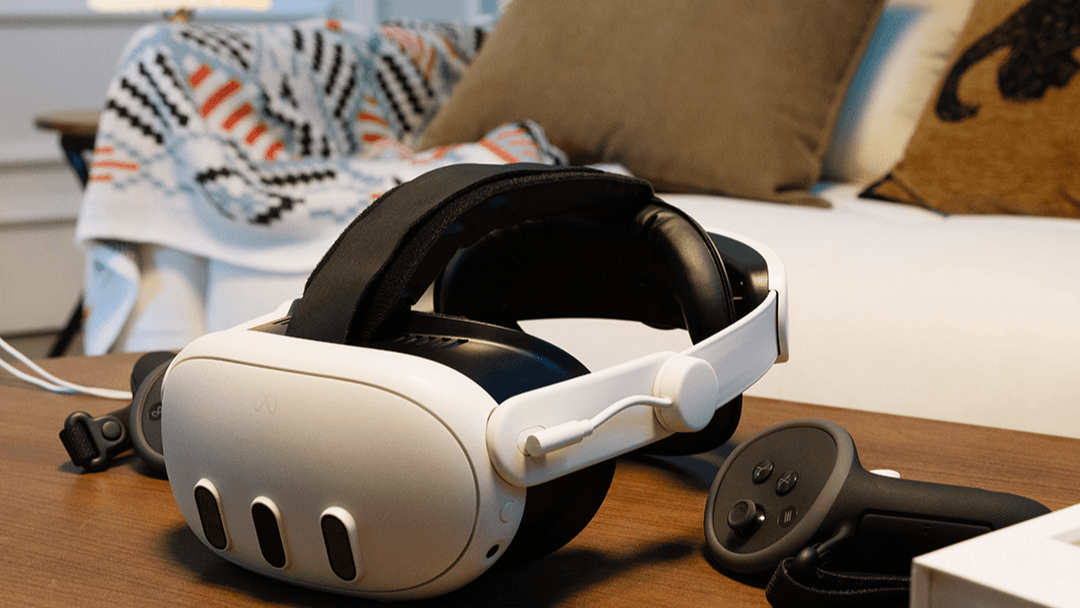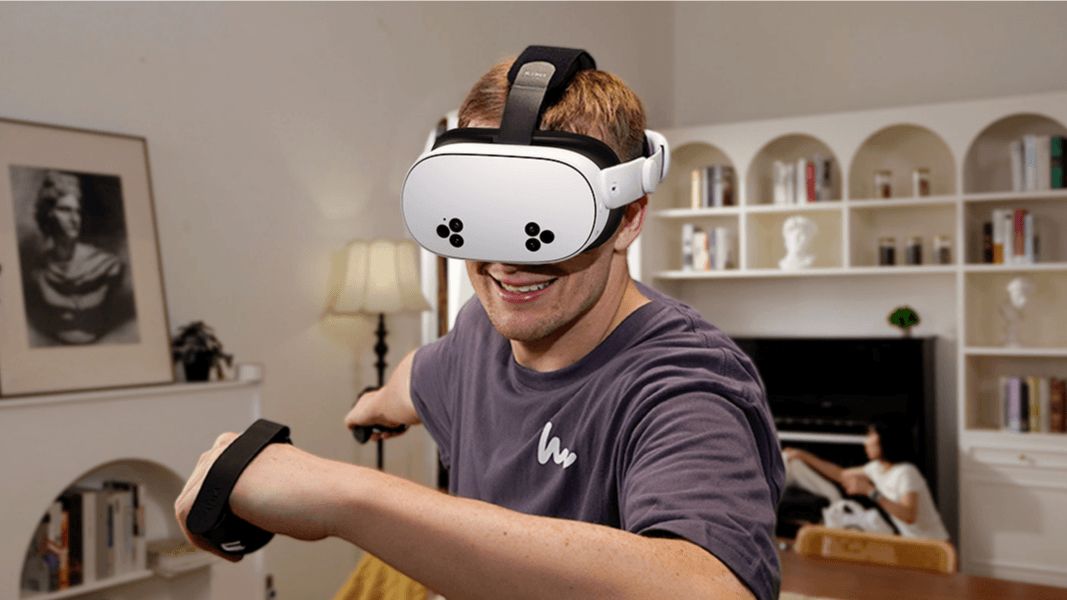Playing games in VR can lead to losing track of time if they are particularly good ones or you are playing with a team. However, your Quest won't just keep chugging along forever; it needs a feed of electrons after a couple of hours. That's a pain if you are in the middle of something really engaging. Sure, you can play tethered, but long cables are better at moving data than power, so you may not get much extra playtime depending on your setup.
For those who prefer to play without being tethered, your only real options include external power banks or a strap with a built-in battery. No surprises there, as KIWI design have had battery straps for the Quest 2 for years. When the Quest 3 came out, their Quest 2 battery strap was enhanced to boost the output to 15W, but this was simply a stepping-stone while a new, sleeker strap was designed specifically to match the Quest 3's power profiles.
The KIWI design K4 Boost Comfort Battery Strap is the evolution of all the lessons learned from the Quest 2 range. Designed specifically with the Quest 3 in mind, this unit can charge your Quest 3 in multiple power profiles, up to 9 Volts @ 3 Amps. The most notable upgrade comes to the power delivery cable. While previous models had a cable exiting the unit at the side of the rear module, the new, compact and snag-free design has the cable integrated with the side-strap all the way to the hinge, where a much easier to manage cable and plug can lock into the USB-C port with no slack hanging loose off the side of your head. Even when unplugged - in situations where you may wish to play tethered for PCVR or be utilizing another 3rd party accessory that needs power - the cable's short length helps it to stay up and away from your face. This also means you won't need any extra hardware to deal with cable management.

The tension dial has been redesigned and moved inline, to leave a clean, smooth rear panel for a sleeker aesthetic. The ratchet system inside has been revamped for a smoother, quieter operation. Early tests with a silent version saw a flood of feedback from testing showing that the lack of even a subtle tactile feedback left the wearers unsure whether they had made an adjustment or not.

For added security and comfort, the rear skullcap or "back padding' has been designed to spread the forces over a wider area, improving comfort and stability. The mounting pins also function as pivot points, allowing the cap to flex for a better, more contoured fit.

Unlike earlier products, this unit has been designed to adapt to the user-default of serial charging, or 'daisy chaining' whereby you take the cable from the wall plug and attach it to the battery strap, then plug the strap into the Quest.
If the input is rated at 18W or less, the strap's power management system will send that power down to the Quest and top it up to 18W from the battery. If the input is rated at 19W or more, the strap will shunt up to 27W direct to the Quest and use the surplus to recharge the battery storage. This simplifies the process for the users, as they can leave the strap plugged into the Quest and attach power to the strap.
If you want to play longer, in comfort, at the best price around - here is the strap you have been seeking.
Source: https://saywhat.nz/ KIWI design reprint with permission





コメントを書く
全てのコメントは、掲載前にモデレートされます
このサイトはhCaptchaによって保護されており、hCaptchaプライバシーポリシーおよび利用規約が適用されます。